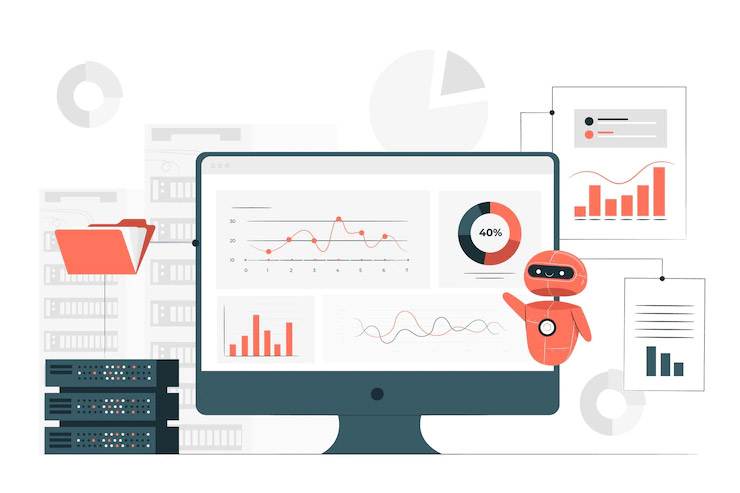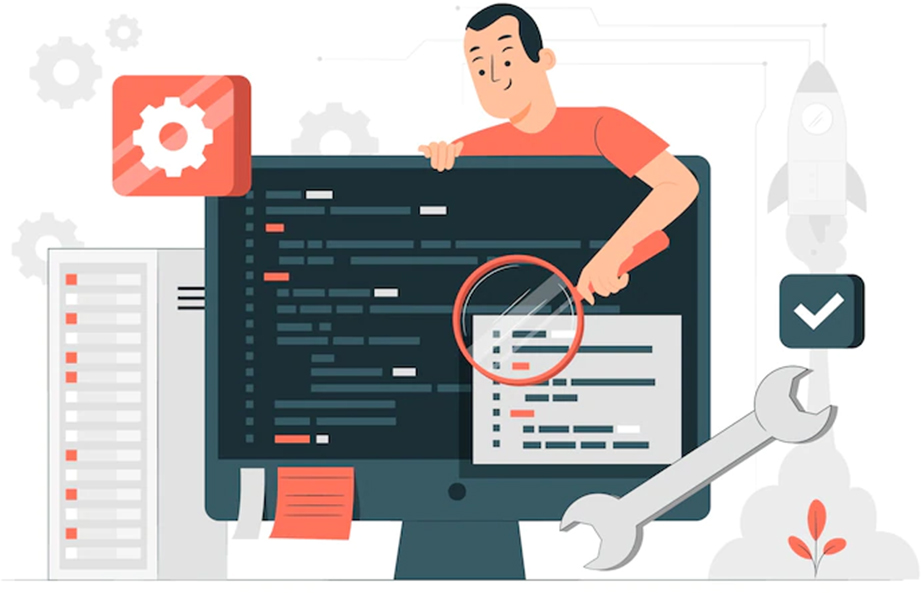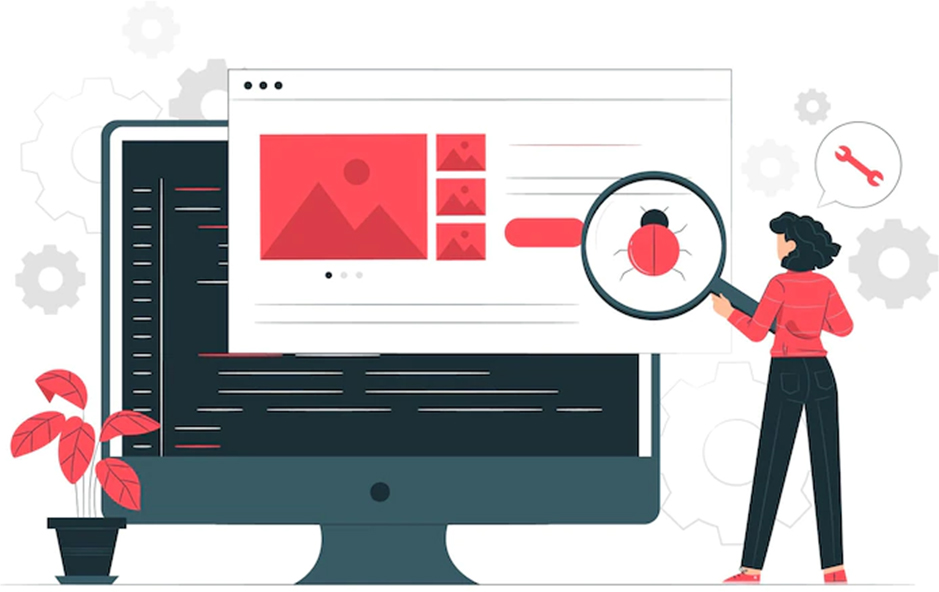

Migrating from another ERP system to Odoo can be a complex process, but with proper planning and execution, it can be done smoothly and efficiently. In this blog post, we will discuss the key steps and considerations for migrating to Odoo from another ERP system.
Step 1: Assess Your Current ERP System
The first step in migrating to Odoo is to assess your current ERP system. This includes identifying the current system’s strengths and weaknesses, as well as the specific needs and requirements of your business. This will help you determine what features and functionalities are most important to you and your business, and what areas of your current system need improvement.

Step 2: Plan Your Migration
Once you have assessed your current ERP system, it is time to plan your migration to Odoo. This includes creating a detailed project plan that outlines the specific tasks and milestones that need to be completed, as well as the resources and timelines required to complete them. You should also consider any potential risks and challenges that may arise during the migration process, and develop a plan to mitigate them.

Step 3: Identify and Cleanse Data
Data is one of the most important elements of any ERP system, and it is essential to ensure that all of your data is accurate and up-to-date before migrating to Odoo. This includes identifying and cleaning up any duplicate or outdated data, as well as ensuring that all data is properly formatted and organized.

Step 4: Customize Odoo to Meet Your Business Needs
Once your data has been cleaned and organized, it is time to customize Odoo to meet your business needs. This includes configuring the system to match your existing processes and workflows, as well as integrating any necessary third-party applications or plugins.

Step 5: Test and Train
Before going live with Odoo, it is important to thoroughly test the system to ensure that it is functioning as expected. This includes conducting functional, performance, and user acceptance testing. Additionally, it is important to train your employees on how to use the new system, so they are comfortable and confident when it goes live.

Step 6: Go Live
Once your testing and training are complete, it is time to go live with Odoo. This includes finalizing any last-minute configurations or customizations, as well as performing a final data migration. It is also important to have a plan in place for post-implementation support and maintenance to ensure that the system continues to function as expected.

Considerations
Data migration: Data migration is one of the most important and complex parts of migrating to Odoo. It is important to ensure that all of your data is properly formatted and organized before migrating, and that the data migration process is thoroughly tested to ensure that all data is properly transferred.
Customization: Odoo is a highly customizable platform, but customization can be time-consuming and complex. It is important to carefully plan and execute any customizations that you need to ensure that they are completed in a timely and efficient manner.
Training and support: Training your employees on how to use the new system and providing them with ongoing support is essential to the success of your migration. It is important to develop a training plan that ensures that all employees are comfortable and confident when the new system goes live.
Integration: Odoo can be integrated with a wide variety of third-party applications and plugins, but it is important to ensure that any integrations are properly planned and executed to avoid any issues or conflicts.
Post-implementation support and maintenance: Once the migration is complete, it is important to have a plan in place for ongoing support and maintenance to ensure that the system continues to function as expected. This includes monitoring the system for any issues or errors, as well as performing regular software updates and upgrades. It is also important to have a dedicated support team in place to assist users with any questions or problems they may encounter.

In conclusion, migrating from another ERP system to Odoo can be a complex process, but with proper planning and execution, it can be done smoothly and efficiently. By following the steps and considerations outlined in this blog post, you can ensure that your migration is successful and that your business is able to take full advantage of the powerful features and functionalities offered by Odoo. Remember to also seek professional advice and guidance from Odoo experts and certified partners. They can help you in the initial assessment, planning, customization, testing, and post-implementation phases of the migration process.
Leave a Reply
You must be logged in to post a comment.